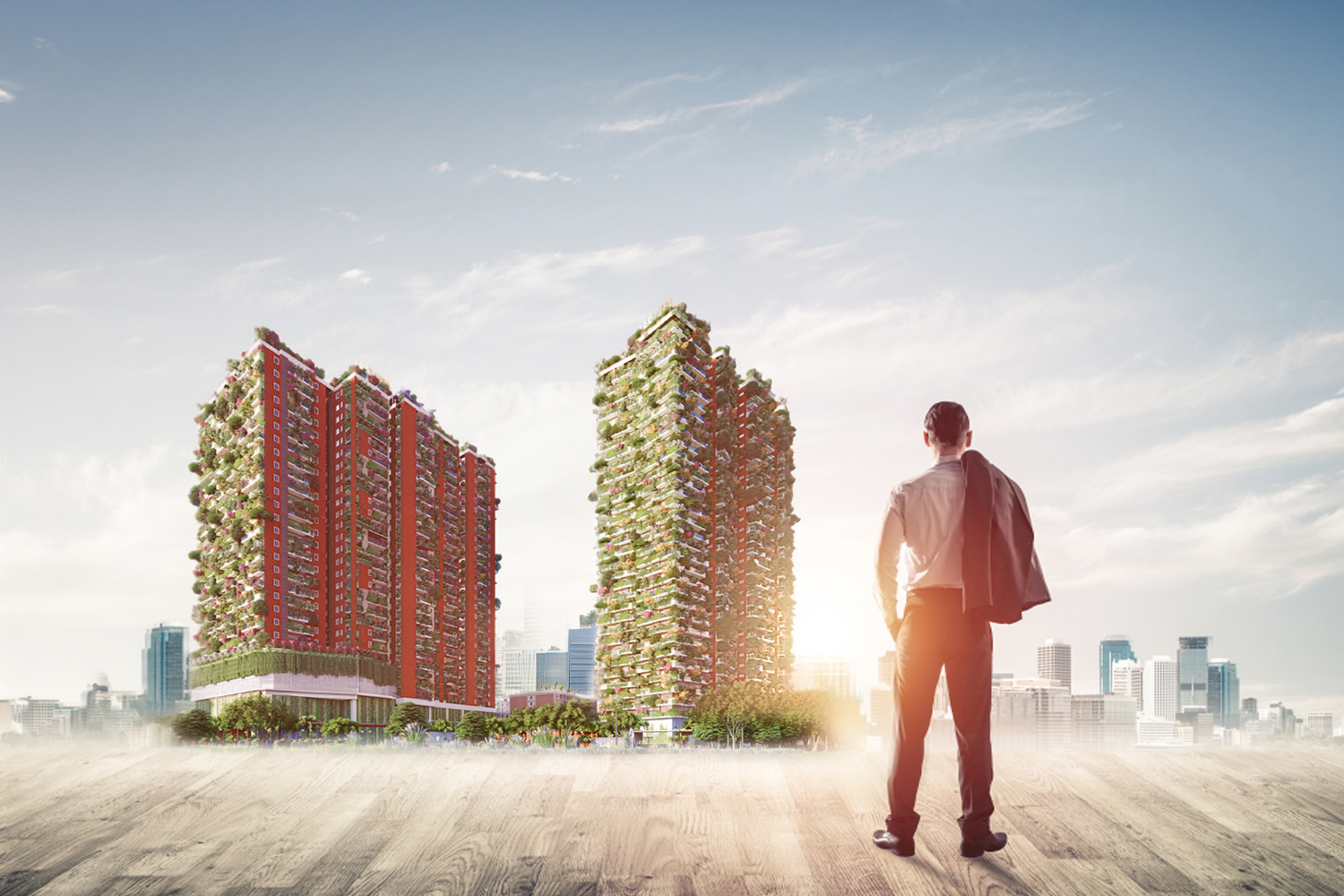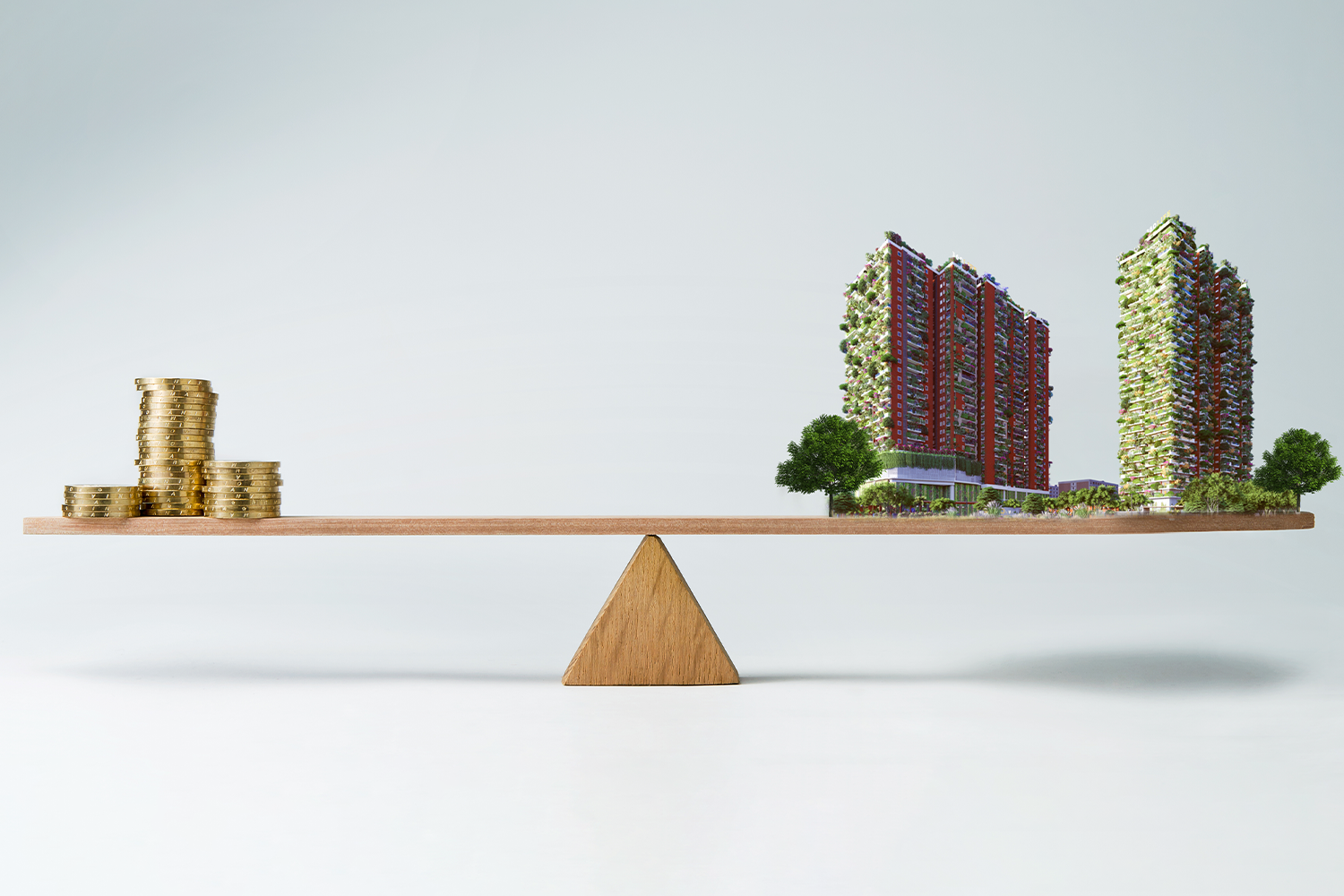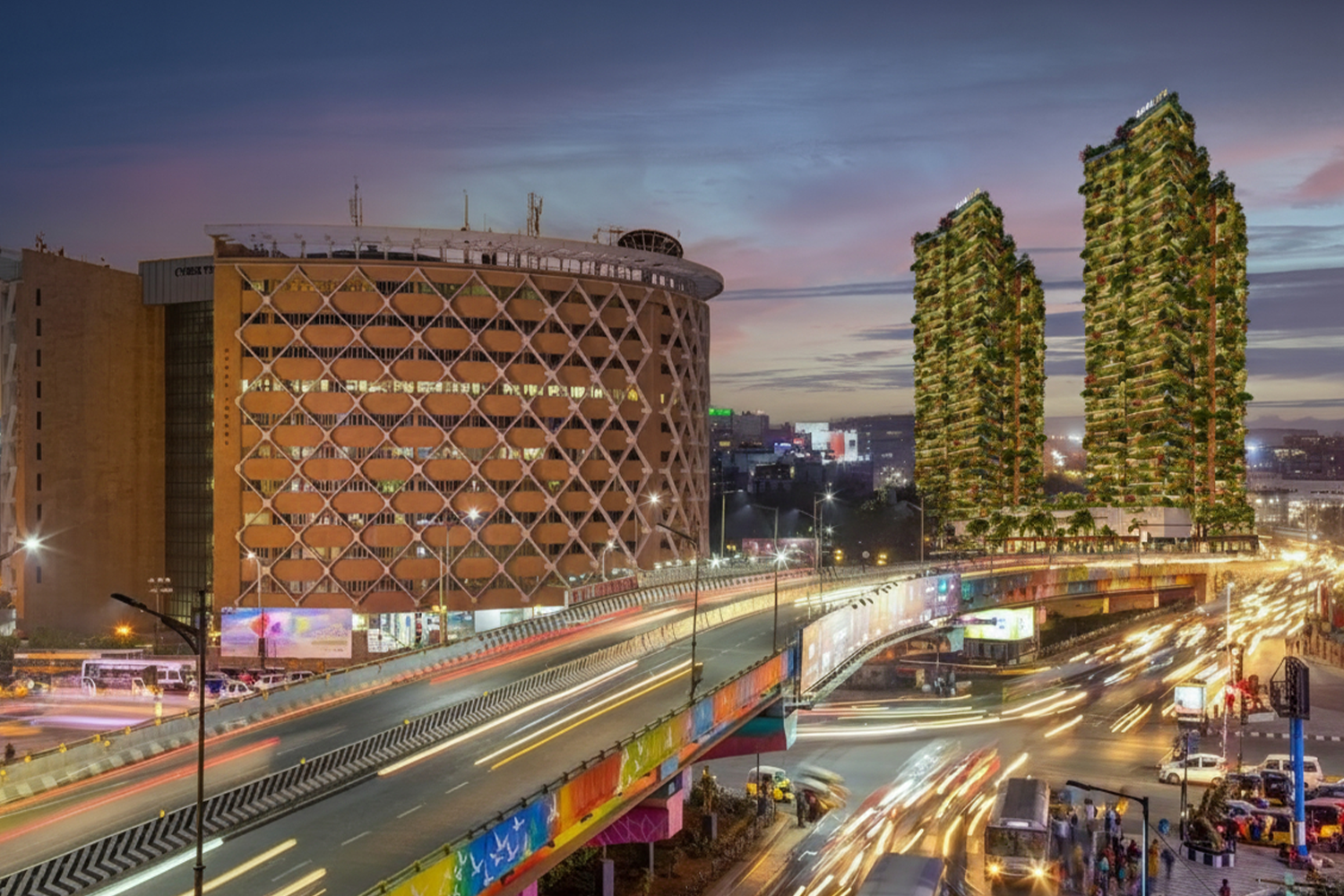Urban farming initiatives have emerged as a sustainable solution to food production challenges in cities worldwide. Growing food in high-rise environments has emerged as a ground-breaking approach to urban agriculture. By utilizing vertical space in densely populated urban areas, high-rise urban farming presents a unique opportunity to transform city landscapes, promote local food production, and enhance the connection between urban dwellers and their food sources. Let’s explore the innovative concept of growing food in high-rise environments.
In this blog, we will learn about the benefits, challenges, and economic impacts of cultivating food in high-rise living.
Benefits of Urban Farming in High-Rise Environments
Maximizing Land Use Efficiency:
- Vertical space in high-rise buildings optimizes land use efficiency in densely populated urban areas.
- Reducing the need for expansive horizontal farmland, high-rise urban farming efficiently uses limited space.
Environmental Sustainability:
- High-rise urban farming helps reduce the carbon footprint of transporting food over long distances.
- Mitigating the urban heat island effect, improving air quality, and promoting biodiversity in urban settings.
Food Security and Access:
- Bringing food production closer to urban consumers enhances food security and access to fresh, locally-grown products.
- Reducing reliance on imported goods, high-rise urban farming supports a resilient food supply chain.
Community Empowerment:
- Urban farming initiatives in high-rise environments empower communities to take control of their food sources.
- Promoting healthy eating habits, fostering a sense of connection to food, and building community resilience.
Economic Impact of High-Rise Urban Farming:
Job Creation and Entrepreneurship:
- High-rise urban farming creates new opportunities for job creation and entrepreneurship in the agricultural sector.
- Stimulating innovation in urban food production and contributing to local economic development.
Revitalization of Urban Spaces:
- Urban farming in high-rise buildings revitalizes underutilized spaces, enhancing property values and urban aesthetics.
- Transforming rooftops, balconies, and indoor spaces into productive agricultural areas.
Future Prospects and Challenges:
Future of Urban Agriculture:
- High-rise urban farming initiatives can potentially shape the future of urban agriculture and food production.
- We harness vertical space and innovative farming techniques for sustainable urban food systems.
Challenges and Opportunities:
- They are overcoming challenges such as limited space, resource access, and building regulations in high-rise farming.
- They are seizing opportunities for collaboration, innovation, and community engagement in urban farming initiatives.
Conclusion:
Urban farming initiatives in 360 Life – The Origin high-rise environments offer a promising solution to food security, sustainability, and community resilience in urban areas. By integrating agriculture into the urban landscape and embracing innovative farming practices, cities can cultivate a more sustainable and equitable food system for the future.
Educate your friends and family about the benefits of urban farming in high-rise living and encourage them to get involved.





